One of the biggest repairs homeowners dread is a new roof. Let’s face it: none of us spends our days agonizing over and examining our roof. It just doesn’t work that way. In fact, for most of us, it was put on by previous owners before we even bought the house. The year the roof was put on is something we ask while house hunting and have confirmed in writing on the final sale paperwork. Then how do you know when to replace it? Here’s a 3-step method of figuring that out.
Your roof is 20-25 years old.
According to professionals, a standard asphalt roof should last 20-30 years max. It’s a good idea to have a roof check-up when you hit that 20-year mark so that you can spot minor problems before they turn into big ones.
When purchasing a new home, in addition to having the inspector give you an estimate on the age of the current roof, request any paperwork on it from the previous owners. That paperwork should include any renovations or repairs done through the years. If you ever have a problem with a recently repaired area, it may be covered under a warranty.
Shingles are curling, cracked, or coming loose.
If shingles start to crack or curl up, there’s a chance you may only need a partial replacement if your roof isn’t quite 20 years old. But you need to take care of it immediately. Once shingles start to curl up, it’s easier for them to blow off during a storm. So if you don’t take care of it before then, you’ll end up with a leak and potential structural damage.
If the shingles are only damaged in one area, there’s a chance that it’s just a space that is more easily hit by the elements and you may only need a partial replacement. Again, cross-reference this with the age of your roof. If it’s already, say, 28 years old, fixing one area is a bad idea. Why? Because you’re going to wind up spending money to fix continual problems that are just leading to the replacement of the whole thing. There’s nothing worse than spending an extra ten grand on fixing parts of a roof when you should’ve replaced the whole thing in the first place.
You have a leak.
Okay, so this one may seem obvious, but if you have a leak it’s definitely time for a repair and possibly time for an entire roof replacement. Have an expert check out your whole roof when they do a repair to the damaged area.
The roofing experts will be able to give you an estimate of how much life is left on your roof and give you an idea of what to expect cost-wise for both the repair and the cost of replacement. It’s always smart to get a second opinion as well as do an online search for the average cost of replacing a roof on a home of your size in your area.
So now you know that you know you need a new roof, what are your options?
Asphalt
Asphalt shingles are the most common roofing material. Modern asphalt shingles have a Class A fire rating which can typically get you a discount on your homeowner’s insurance.
Metal Roofing
Metal roofing is quickly becoming more and more popular. A metal roof can help reduce energy costs, withstand strong winds, and typically needs significantly less maintenance.
Clay Tile Roofing
Clay tiles are considered the most environmentally friendly as they can be recycled, help with energy costs, and are durable and long-lasting. The average clay roof can last 50-100 years, almost quadrupling the lifetime of an asphalt roof.
Clay roofs also come in a beautiful array of colors that don’t fade. For added bonus points, having a clay roof will also likely raise your home’s value at appraisal. Downside is that clay roofs aren’t recommended in all temperate zones. So do your research. Learn what type of roof is the most cost-effective, long lasting, energy efficient, and appraisal-worthy for your area.






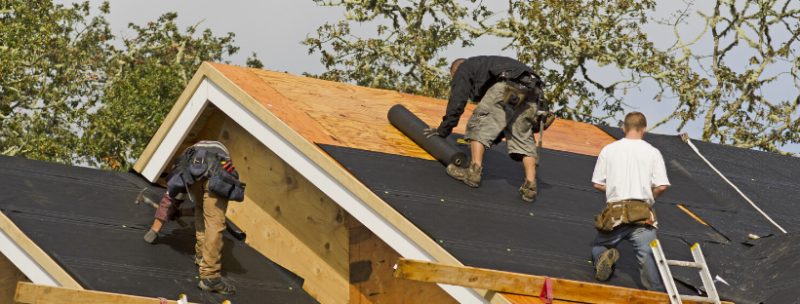
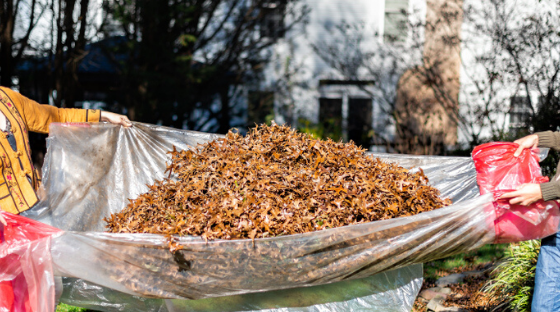
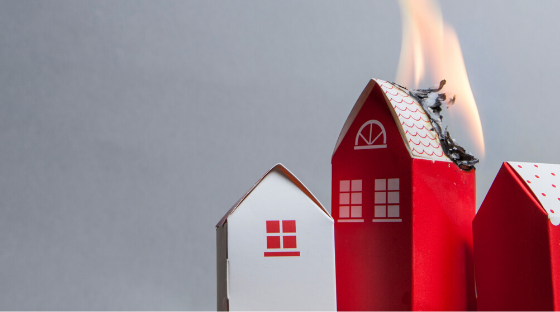




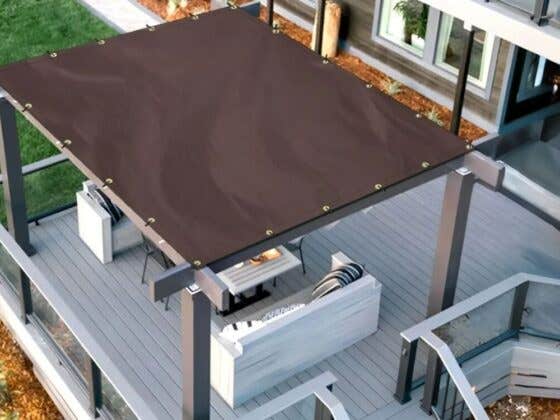

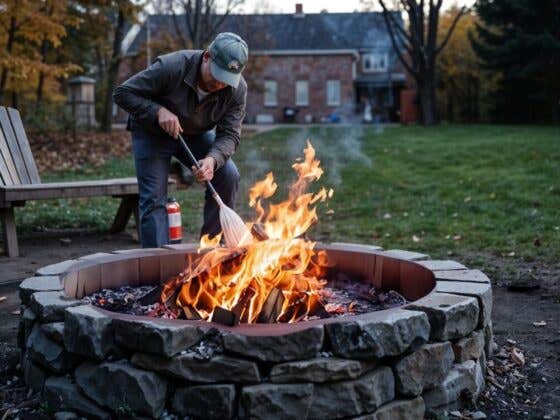

Recent Comments